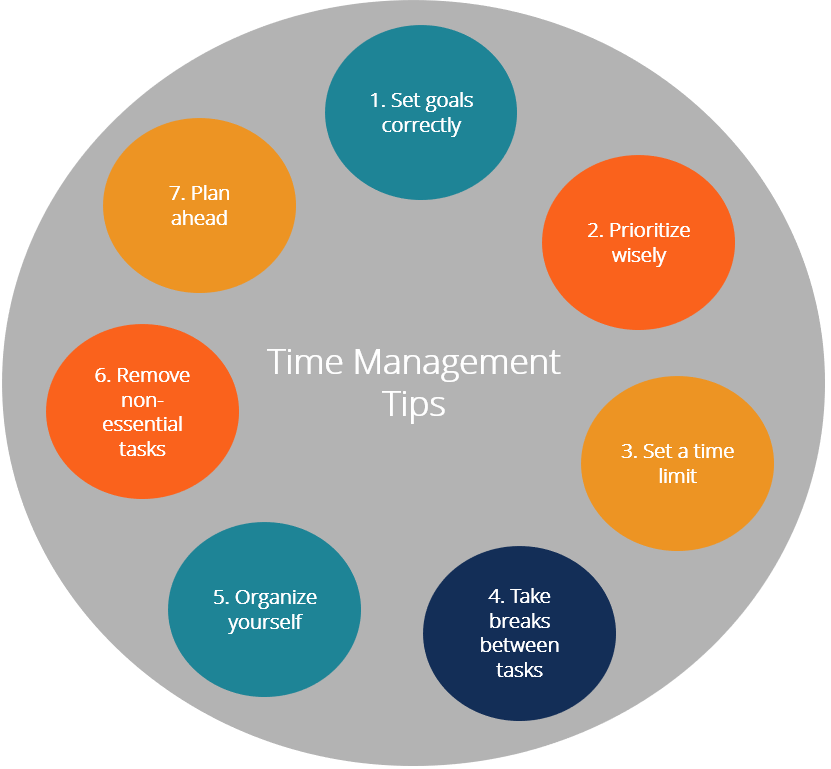In today's fast-paced world, staying organized and managing time effectively is crucial to achieving success. With the constant influx of tasks, meetings, and deadlines, it's easy to get overwhelmed and lose focus. That's where a sizer application comes in – a handy tool designed to help individuals prioritize tasks, manage their time, and boost productivity.
What is a Sizer Application?
A sizer application is a digital tool that enables users to organize and prioritize their tasks, projects, and goals. It typically includes features such as task management, calendar integration, reminders, and analytics to help users stay on track and achieve their objectives.
Benefits of Using a Sizer Application
Using a sizer application can have a significant impact on productivity. Here are five ways it can help:
- Task Management: A sizer application allows users to create and manage tasks, set deadlines, and prioritize them based on importance and urgency. This helps to break down large projects into smaller, manageable tasks, making it easier to stay focused and avoid procrastination.

- Time Management: A sizer application helps users to schedule tasks and set reminders, ensuring that they stay on track and meet deadlines. It also enables users to track how much time they spend on each task, providing valuable insights into their productivity and helping them to identify areas for improvement.
Time Management Techniques
Some popular time management techniques that can be used in conjunction with a sizer application include:
- Pomodoro Technique: Work in focused 25-minute increments, followed by a 5-minute break.
- Time blocking: Schedule tasks in fixed, uninterrupted blocks of time.
- Priority scheduling: Schedule tasks based on their priority and deadlines.
- Goal Setting: A sizer application allows users to set and track long-term goals, breaking them down into smaller, actionable tasks. This helps to create a clear roadmap for success and ensures that users stay focused on their objectives.
Setting SMART Goals
When setting goals with a sizer application, it's essential to make sure they are SMART:
- Specific: Clearly define what you want to achieve.
- Measurable: Quantify your goals so you can track progress.
- Achievable: Set realistic goals that are challenging yet attainable.
- Relevant: Align your goals with your values and priorities.
- Time-bound: Set deadlines and create a timeline for achieving your goals.
- Collaboration and Communication: Many sizer applications offer features that enable collaboration and communication with team members, clients, or stakeholders. This includes real-time updates, comments, and file sharing, making it easier to work with others and stay informed.

- Analytics and Insights: A sizer application provides users with valuable insights into their productivity and performance. This includes analytics on task completion, time spent on tasks, and goal progress, helping users to identify areas for improvement and optimize their workflow.
Using Analytics to Optimize Productivity
By analyzing data from a sizer application, users can:
- Identify time-wasting activities and eliminate them.
- Optimize task scheduling to maximize productivity.
- Set realistic goals and deadlines based on past performance.

In conclusion, a sizer application is a powerful tool that can help individuals boost their productivity and achieve their goals. By providing features such as task management, time management, goal setting, collaboration, and analytics, a sizer application can help users stay focused, organized, and motivated.






FAQ Section:
What is a sizer application?
+A sizer application is a digital tool that enables users to organize and prioritize their tasks, projects, and goals.
How can a sizer application help with productivity?
+A sizer application can help with productivity by providing features such as task management, time management, goal setting, collaboration, and analytics.
What are some popular time management techniques?
+Some popular time management techniques include the Pomodoro Technique, time blocking, and priority scheduling.
